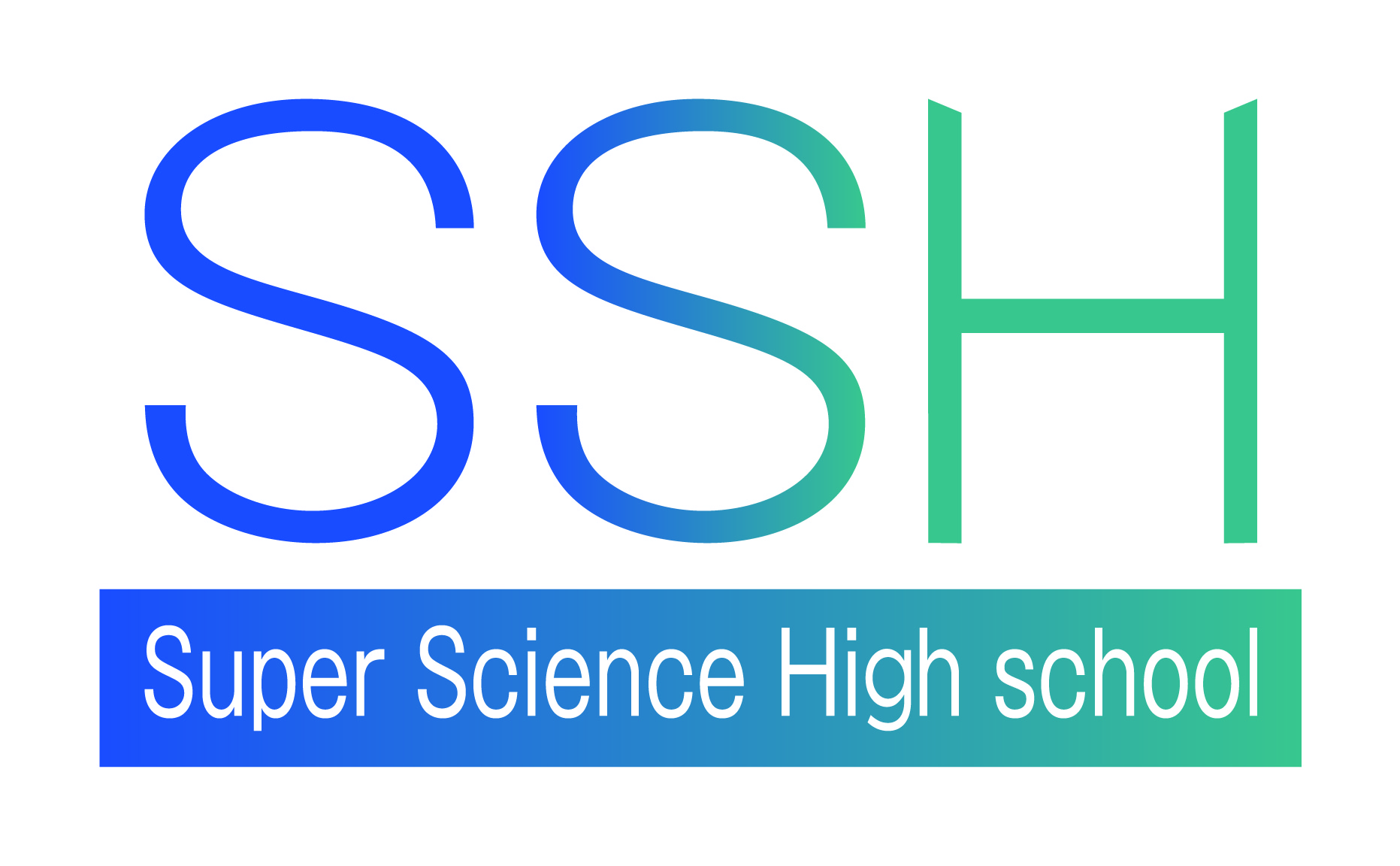(概要) 「科学と倫理」(全14回)における二種類の構成原理と両者を含む全体構造―「統合」を目指し「総合」にとどまった3本柱原理と「自律」を目指した2本柱原理,そして「総合→自律→統合」という全体構造―
SSH企画「科学と倫理」は,2012年度以来2020年度までに実施した全14回で,11人の研究者の協力を得ることができた。個々の講義は,各研究者の専門研究や経験に基づくものであった。しかし個々の講義の間に有機的関連がなければこの企画は行き詰まることになる。全体の構成をどうするかは,筆者が第3期開始当初に研究仮説として考案したものが最初である。その実施過程において,多少の修正を加えたり,新たな方式を挿入したりもした。さらに,第3期から第4期に移行する段階においては,第3期の実施経過を踏まえて,新たな原理を考案した。
第3期における3本柱原理:①科学技術社会論,②哲学・倫理学,③現場の科学者の実践経験。
第4期における2本柱原理:①倫理から科学を考える,②科学から倫理を考える。
この変更には,年間実施回数の縮小という理由以外にも内的必然性があったと筆者は考えており,その必然性とは,「総合(synthesis)→ 自律(autonomy)→ 統合(integration)」という全体構造が持つ必然性である。
(abstract) The Two Constructive Principles in “Science and Ethics” and the Developmental Structure Including These Principles―“The 3 pillars principle” intending integration but stopping at synthesis, “the 2 pillars principle” intending autonomy, and the developmental structure of “synthesis → autonomy → integration”—
The series of 14 lectures in “Science and Ethics” was constructed based on two principles: the 3 pillars principle and the 2 pillars principle.
The 3 pillars principle: 1)STS(science, technology, society), 2)philosophy ethics, 3)actual practice of scientists
The 2 pillars principle: 1)thinking about science from an ethics perspective, 2)thinking about ethics from a science perspective
The necessity of the shift from 3 pillars to 2 pillars follows the structure of “synthesis → autonomy → integration”.


 Home
Home
